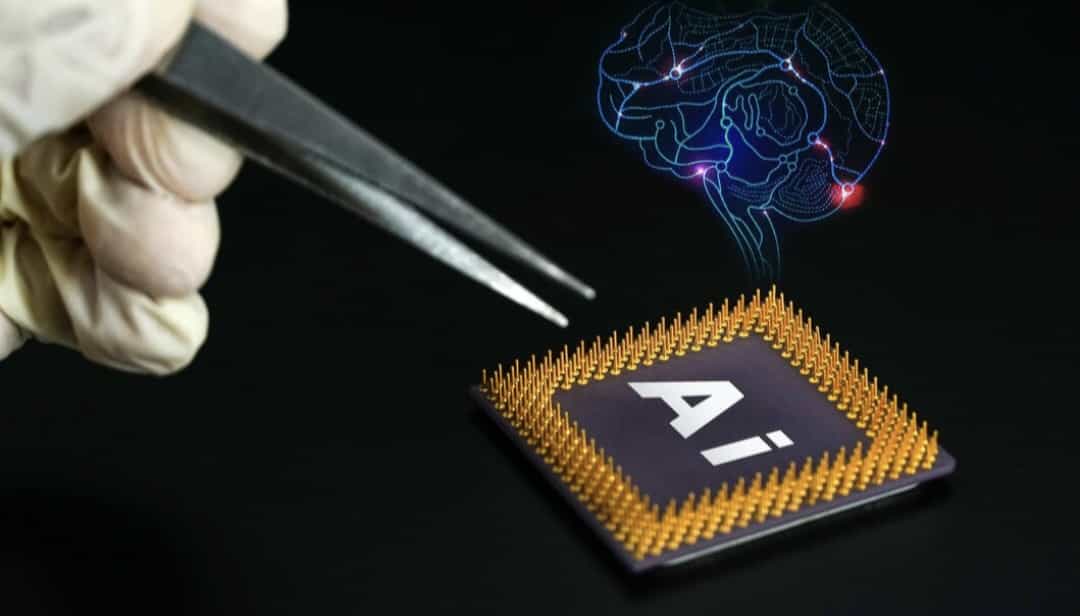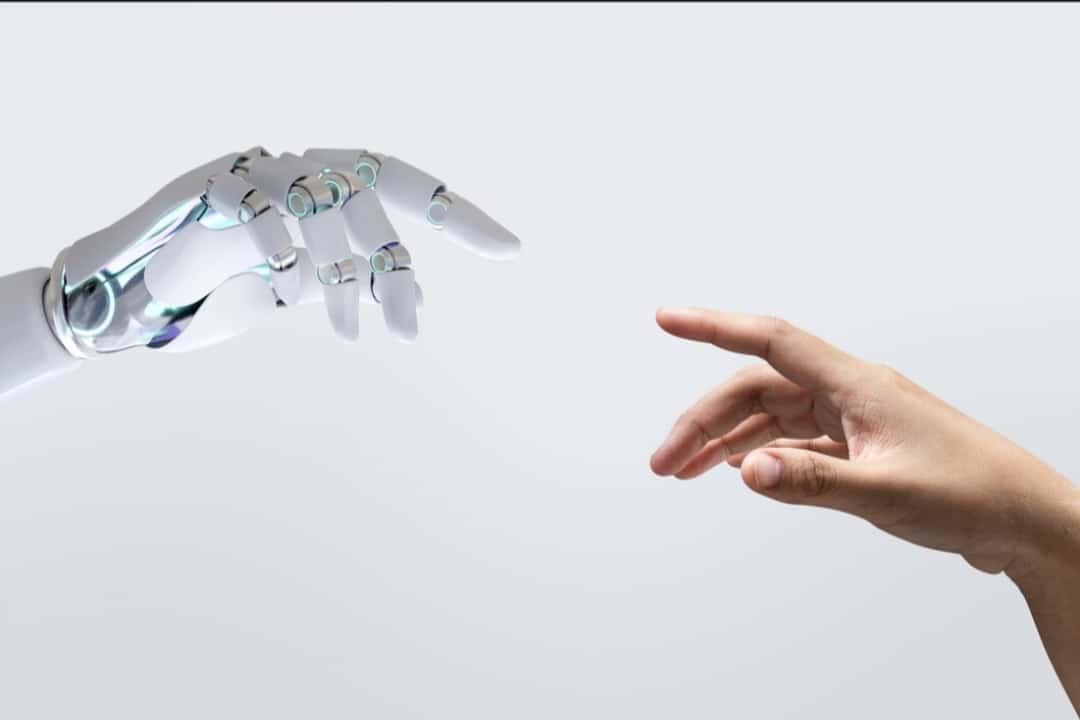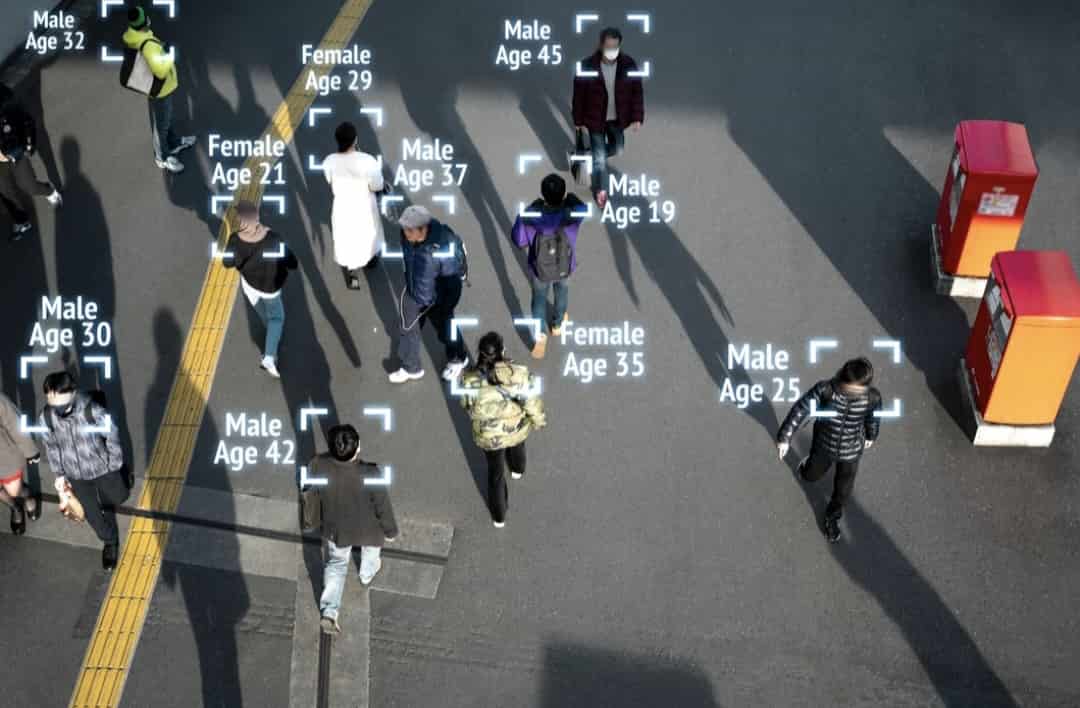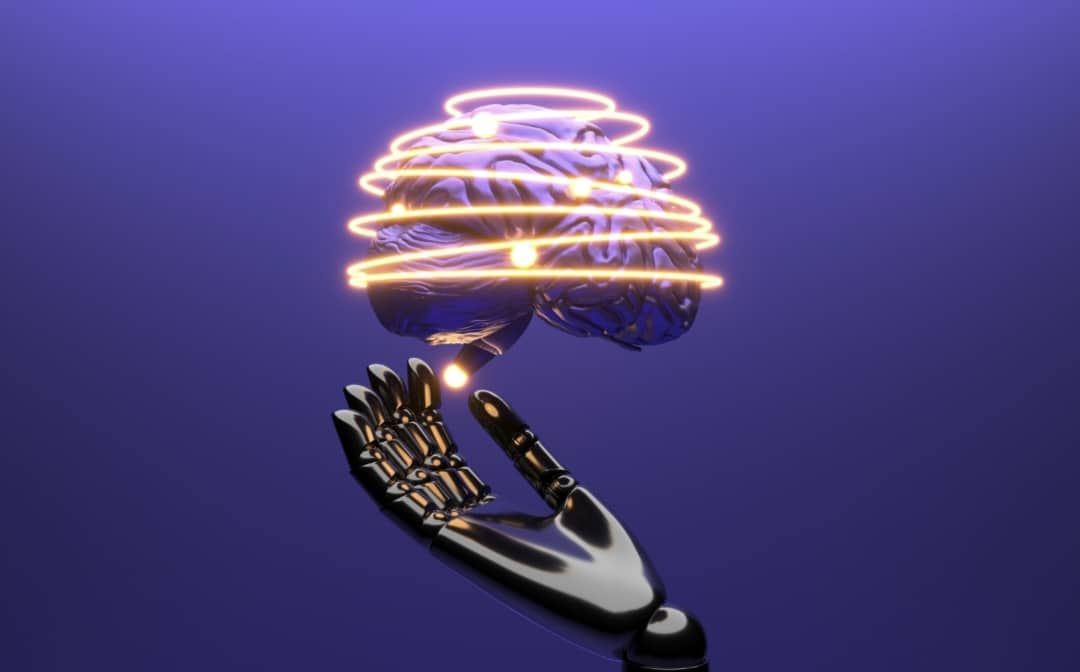What is Neuralink?
Neuralink is a company founded by Elon Musk that aims to develop brain–machine interface (BMI) technologies. The goal is to create direct communication links between the human brain and external devices, potentially enabling enhanced cognitive abilities and addressing neurological conditions.
Q-What is the address of Neura link Corporation?
- The address for Neuralink’s Corporation is 1299 Orleans Dr, Sunnyvale, CA 94089, USA.
Q-What company owns neuralink?
Tesla and SpaceX CEO Elon Musk, who owns the BCI company Neuralink, asked a number of questions about Synchron during a meeting with Neuralink executives and engineers in July 2022, according to a report from Bloomberg.
Q-What are the goals of corporation?
- Neuralink’s primary goals include developing and advancing brain–machine interface (BMI) technologies to achieve various objectives, such as:

Medical Applications:
- Addressing neurological conditions like paralysis, epilepsy, and various brain disorders by restoring or enhancing neural functions.
Cognitive Enhancement:
- Enhancing human cognition and communication by establishing direct interfaces between the brain and external devices.
AI Integration:

- Facilitating seamless communication between the human brain and artificial intelligence, potentially enabling faster information processing and problem-solving.
Quality of Life Improvements:
- Improving overall quality of life by providing individuals with enhanced abilities and potential solutions to neurological challenges.
These goals reflect a broader vision of merging technology with the human brain to overcome limitations and improve both medical outcomes and cognitive capabilities.
Can I buy neuralink stock?
- People are frequently search about can I buy neuralink’s stock. Neura link is not publicly traded on NYSE or NASDAQ in the U.S. To buy Neuralink stock you need to be an accredited investor.
Q-What are the technology perspective of corporation?
- Neuralink’s technology perspective revolves around developing sophisticated brain–machine interface (BMI) technologies. Key components include:

Brain Implants:
- Neuralink’s designs and develops small, flexible brain implants called “Neuralink devices” that are surgically implanted into the brain. These devices consist of electrodes to record and stimulate neural activity.
Electrode Array:
- The electrode array is a crucial component of Neuralink’s technology. It is designed to interface with neurons, enabling the recording and interpretation of neural signals as well as the delivery of signals to stimulate brain activity.
Wiring and Connectivity:
- Neuralink’s devices include wiring that connects to an external device, typically worn behind the ear. This external component facilitates communication between the implanted device and external systems, such as computers or smartphones.
Wireless Communication:
- Corporation aims to achieve wireless communication between the brain implants and external devices, allowing for seamless and efficient data transfer.
Machine Learning:
- The collected neural data is processed and interpreted using machine learning algorithms. This enables the system to understand and respond to the neural signals, forming the basis for meaningful interaction between the brain and external technologies.
These technological aspects collectively contribute to Neuralink’s vision of creating a powerful and efficient brain–machine interface with applications in both medical and non-medical domains.
Q-What are the potential applications of Neuralink’s brain–machine interface technology?

Answer: Neuralink’s technology holds promise for various applications, including medical advancements such as restoring motor functions in paralysis patients, treating neurological disorders, and providing a deeper understanding of brain function. Beyond healthcare, Neuralink envisions cognitive enhancements, seamless communication with computers, and potential integration with artificial intelligence for improved problem-solving and information processing.
Q-What are the ethical considerations surrounding Neuralink’s brain–machine interface technology?

Answer: Ethical concerns include issues related to privacy, consent, and the potential misuse of neural data. The invasive nature of brain implants raises questions about the long-term effects and risks of surgery. Additionally, there are broader societal implications, such as the potential for creating neurological disparities or unintended consequences as we navigate the uncharted territory of direct brain–machine communication. Striking a balance between the benefits and ethical implications is crucial for responsible development and deployment of this groundbreaking technology.
Q-What are the societal effects of Neuralink’s brain–machine interface technology?

Accessibility Divide:
- There may be concerns about unequal access to Neuralink technology, potentially creating a divide between those who can afford enhancements and those who cannot.
Job Displacement:
- As brain–machine interfaces advance, there could be shifts in the job market, potentially leading to job displacement or changes in required skill sets.
Privacy Challenges:
- The direct link between the brain and external devices raises serious privacy concerns. Safeguarding individuals’ neural data becomes crucial to prevent unauthorized access and potential misuse.
Ethical Norms:
- Society may need to redefine ethical norms and boundaries as direct brain–machine communication becomes a reality, challenging existing frameworks around consent, autonomy, and personal identity.
Medicalization of Enhancement:
- The line between medical necessity and personal enhancement may blur, prompting societal debates on what constitutes a legitimate use of the technology.
Cultural Shifts:
- Neuralink’s technology could contribute to cultural shifts in how we perceive and define intelligence, consciousness, and the human experience, potentially reshaping societal values and norms.
Q-Is elon musk Neuralink aiming to create superhumans with its brain–machine interface technology?

Answer:The concept of creating a “superhuman” through Neuralink is subjective and depends on interpretation. Neuralink’s primary goals involve addressing medical conditions, enhancing cognitive abilities, and facilitating direct brain–machine communication. While this may result in individuals having improved capabilities compared to traditional human functioning, the term “superhuman” often implies capabilities significantly beyond the natural human range.
Neuralink’s focus is on leveraging technology to overcome limitations and improve aspects of human experience. It’s important to note that discussions about “superhuman” abilities often involve ethical, societal, and philosophical considerations, and the development of Neuralink’s technology should be understood within these broader contexts.
Q-How could Neuralink’s brain–machine interface technology positively impact society?

Answer: Neuralink has the potential to bring about positive societal impacts by offering groundbreaking medical solutions, such as restoring motor functions in paralyzed individuals and treating neurological disorders. Additionally, cognitive enhancements and improved communication with technology may lead to increased efficiency, problem-solving capabilities, and overall quality of life for individuals.
Q-What are neuralink ‘s potential negative impacts or challenges associated with the widespread adoption of Neuralink’s technology?
Answer: The widespread adoption of Neuralink’s technology raises concerns about privacy breaches due to the direct access to neural data. There’s also the risk of creating a societal divide based on access to enhancements, job displacement with advancing technology, and ethical dilemmas related to defining the boundaries of acceptable uses of brain–machine interfaces. Addressing these challenges is crucial for responsible development and deployment of the technology.
Q-Could Neuralink’s technology potentially lead to the takeover of humanity?

Answer: While Neuralink aims to enhance human capabilities through brain-machine interfaces, the ethical and regulatory frameworks in place are intended to prevent misuse or unintended consequences. The outcome largely depends on responsible development and governance.
Q-Can machines, equipped with self-enhancement capabilities, genuinely develop emotions and subjective experiences?

Answer: The integration of true emotions in machines poses significant challenges, as emotions are deeply rooted in human consciousness. While AI can simulate certain emotional responses, the essence of subjective experiences remains elusive. The ethical and philosophical dimensions of imbuing machines with genuine emotions raise complex questions about consciousness and sentience.
Q-Are there current applications where AI simulates emotions effectively?

Answer:Yes, there are current applications where AI simulates emotions effectively. Chatbots and virtual assistants often employ emotional AI to understand and respond to user emotions. Additionally, in fields like gaming and virtual reality, AI-driven characters can exhibit simulated emotions, enhancing user engagement and creating more immersive experiences. These applications leverage sentiment analysis and natural language processing to simulate emotional responses.
Q-What measures can be taken to prevent unintended consequences if machines were to develop emotions?
Answer:Preventing unintended consequences if machines were to develop emotions requires a multi-faceted approach. Robust ethical guidelines, strict regulatory frameworks, and ongoing oversight are essential. Implementing transparent algorithms, ensuring user consent, and prioritizing privacy in emotional data handling are crucial steps. Continuous interdisciplinary collaboration between technologists, ethicists, and policymakers can help anticipate and address potential risks, fostering responsible development and deployment of emotionally intelligent machines.
Q-How do you envision our future with the continued advancement of artificial intelligence technology?

Answer: The future with artificial intelligence holds immense potential for positive transformations in various domains, such as healthcare, education, and automation. However, it necessitates careful ethical considerations, regulatory frameworks, and a proactive approach to address potential challenges. Striking a balance between innovation and responsible governance will be pivotal in shaping a future where AI benefits humanity while minimizing risks.
“Thank you for visiting our website! We appreciate your time. Please share your thoughts and suggestions in the comments below. We’d love to hear what topics you’re interested in for future content. Best wishes, and for more information, visit our website.”
You may also like
Birth Rate Definition in US you d0n’t believe on crazy stats




